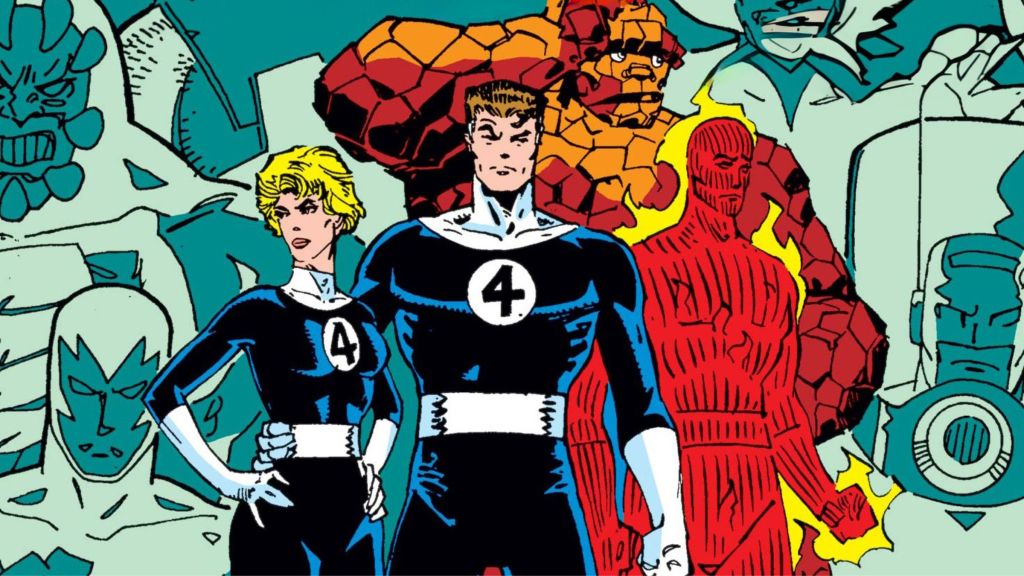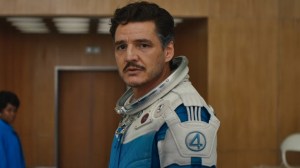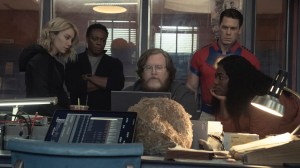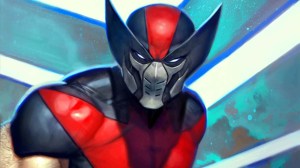Fantastic Four is the comic book series that started it all. Released in 1961, Fantastic Four (Vol. 1) #1 was the first-ever Marvel Comics release, introducing the world to its superheroes for the first time. This led Marvel to take the comics it acquired after absorbing Timely Comics and Atlas Comics, like Journey Into Mystery, and add superheroes to those issues, building the brand into what fans know today. Reed Richards, The Invisible Woman, The Human Torch, and The Thing remain iconic heroes to this day, and the team has only gotten stronger as their family expanded. That said, with six decades of comic book stories, it is easy to forget about some Fantastic Four classics that the company released over the years.
Videos by ComicBook.com
While the original introduction of Mole Man and Doctor Doom are memorable, as are the stories like the Galactus Trilogy, there are many other moments that some long-time fans might have forgotten about, and newcomers should seek out to understand why the Fantastic Four is not only Marvel’s First Family, but also one of Marvel’s greatest comic book series.
With the Fantastic Four finally arriving in the Marvel Cinematic Universe, it is time to catch up on the best stories from the team’s comic book history.
5) “Terror in a Tiny Town” (Fantastic Four #236)

John Byrne was one of the best comic book writers and illustrators in the 1980s. While he had some memorable runs, the best of his career came when he took over on The Fantastic Four, starting with issue #232. During his run, he brought the team back to what made them so special in their early years, and it was a return to form for the First Family of Marvel Comics. This was also perfect timing, because only four years into his run on the title, it was time to celebrate the 20th anniversary of the team.
Byrne wrote and illustrated the 20th anniversary story, a triple-sized issue called “Terror in a Tiny Town.” The entire issue seemed bizarre, as it went back to the start of the series and the accident that gave them powers. However, in this world, they never got powers and lived normal lives after the incident, but they all have nightmares that they have powers and nothing goes right for them. The twist came when it was revealed that Doctor Doom changed their entire world while working with Puppet Master, as Doom had abducted the Fantastic Four and turned them into actual puppets in a tiny town.
Having the Fantastic Four’s strongest villain, Doctor Doom, finally beat the team, albeit for only a little bit, was great. Puppet Master became more sympathetic here, as he just wanted what was best for Alicia and Ben. There was also a strong retro feel to the story, similar to what it seems The Fantastic Four: First Steps is going for. Overall, it was a fantastic story, with great art, and it proved Byrne was at the top of his game.
4) “The Trial of Reed Richards” (Fantastic Four Vol. 1 #262)

In Fantastic Four (Vol. 1) #242, John Byrne got to tell his first Galactus story in the pages of the comic book series. This was a fantastic story, with the Fantastic Four needing help from other heroes like the Avengers to finally beat the world devourer. This was also a shocking battle because Earth’s heroes won. However, Reed Richards wouldn’t allow anyone to kill Galactus because he explained the importance of the big guy and revealed that the universe needed Galactus to survive. Without Galactus, the universe would quickly decay and die.
That led to Galactus destroying the Skrull throneworld in issue #257, which brought forces to capture Reed Richards. The mystery was solved a few issues later when the Fantastic Four found Reed was standing trial for allowing Galactus to live, making him liable for countless deaths. The issue was a bit meta, as The Watcher had John Byrne himself attend the trial so he could write about what happened.
Just like in The Dark Phoenix Saga in The X-Men comics, it was Princess Lilandra who demanded justice. Unlike that X-Men issue, where it resulted in Jean Grey’s death, Reed Richards was able to prove he had no choice in his decision thanks to some timely intervention by a celestial being. This was also Galactus’s origin story, ultimately told by Odin during the trial.
3) “Hereafter” (Fantastic Four Vol. 1 #509-511)
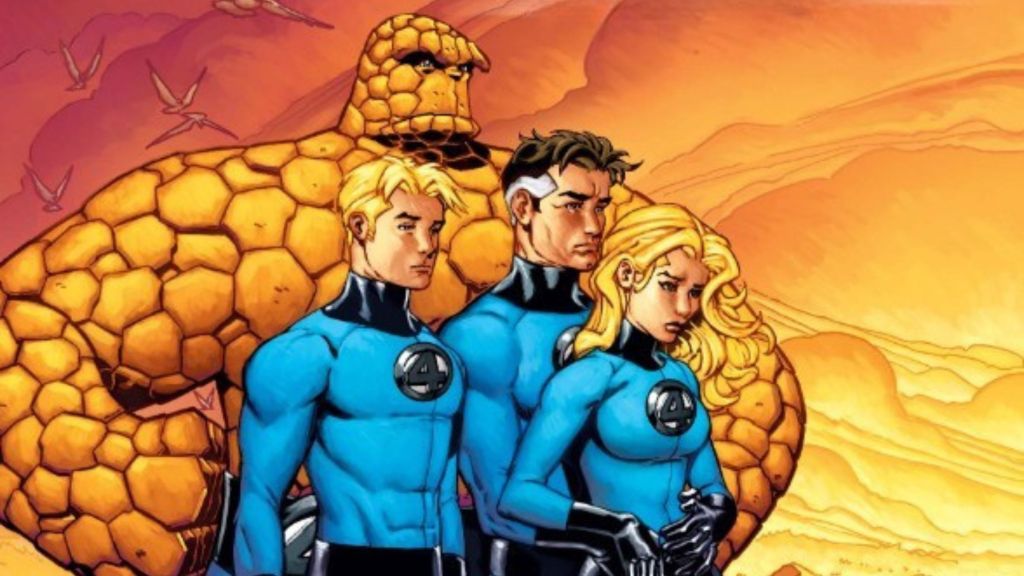
The three-issue storyline “Hereafter” played out in Fantastic Four (Vol. 1) #509-511, and it was yet another meta moment for the First Family of Marvel Comics. This all started after Reed Richards was forced to kill his best friend, The Thing, and it sent him into a spiral of despair. Reed wanted to find any way to bring Ben back, and this led him to find a way to get to the afterlife to try to bring The Thing back home.
The story is a tale of grief, and it shows how different members dealt with the death of Ben, from Reed’s obsession with reversing the death to Johnny’s nightmares, to Alicia mourning her lost love through obsessive sculpting. This was a heart-wrenching story about what it’s like to lose a person close to you and how each member of the team deals with it.
This led to the team actually finding a way to get to Ben in the afterlife, which was their version of Heaven. This was symbolized by their inner trauma, as their unresolved grief caused Ben to get locked out of Heaven, and their turmoil and broken spirits caused them to start to destroy everything. It takes the family to finally come together to make it to the other side. They then learn God is an artist (Jack Kirby, to be specific), and he finally sends them back home as a family, healed.
2) “This Man, This Monster!” (Fantastic Four Vol. 1 #51)
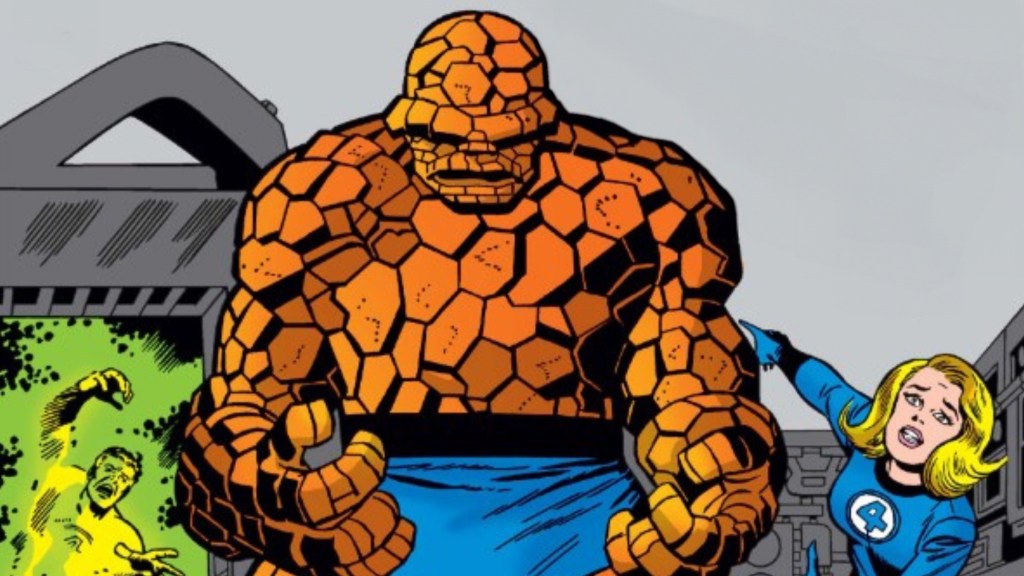
In 1961, Stan Lee and Jack Kirby released what has gone down as a masterpiece of storytelling in Fantastic Four (Vol. 1) #51. The story is titled “This Man… This Monster,” and it is a Ben Grimm-centric issue. This is a one-shot story, and it follows the Galactus Trilogy. It was also the issue before Black Panther’s introduction to Marvel Comics, so it is easy to forget about. This is a tragedy because it remains a fantastic issue, and might even be better in some aspects than the Galactus storyline. While not Earth-shattering, it is a brilliant story about selfishness and being a hero.
The setup itself is silly, as a scientist somehow comes up with a device that allows him to switch places with The Thing so he can eliminate Reed Richards, whom he is jealous of and feels is not worthy of his genius. However, it isn’t the plot that makes this such a fantastic comic book to read. When the scientist is in The Thing’s body and has a chance to kill Reed, he realizes, to his surprise, that Mr. Fantastic is a good person.
What makes this issue special is that the scientist saved Reed’s life and sacrificed himself to ensure the Fantastic Four’s leader lived. His sacrifice was a touching moment that showed anyone could be a hero. The scientist would end up surviving in the Negative Zone, though, and used his scientific brilliance to become a hero to the refugees there.
1) “Three” (Fantastic Four Vol. 1 #583-588)

One of the best Fantastic Four runs came during Jonathan Hickman and Steve Epting’s time on the book. The best of the best for these two creators came in 2010 with the six-issue storyline called “Three.” By this time, the Fantastic Four included the main four members, Reed & Sue’s kids, Valeria and Franklin, as well as Artie Maddicks and Leech. In this storyline, a lot happens, and it remains one of the most heartbreaking storylines for the First Family of Marvel.
This entire series starts with a bang. The Fantastic Four battle in the Negative Zone, Valeria promises to cure Doctor Doom’s brain damage if he will help her save his father when four members of the Council of Reeds make it to the 616, and the Silver Surfer finds Galactus’s future corpse and alerts his master to the situation. This is just the start, and what resulted was a storyline that set the best of Hickman’s run in motion.
This leads to separate storylines, with Reed leaving with Galactus, Susan at an underwater delegation in Atlantis with Namor that erupts into war, and Johnny and Ben working together at the Baxter Building to protect the kids in the Future Foundation from an attack from the Negative Zone. By the end, one member of the Fantastic Four has died, and the rest of the team has to figure out how they can continue after this.
The entire last issue in this series has no dialogue whatsoever until the very last page of the main story when Reed Richards gets a visitor, which leads to the next story arc. Even without words, the images are powerful, including one of the best Hulk vs. Thor vs. Thing fights in comics. There is also a tale at the end with Spider-Man being there for Franklin Richards during his mourning that is touching. If there is any Fantastic Four run that fans need to read if they missed out on it, it is “Three.”
What do you think? Let us know in the comments!

